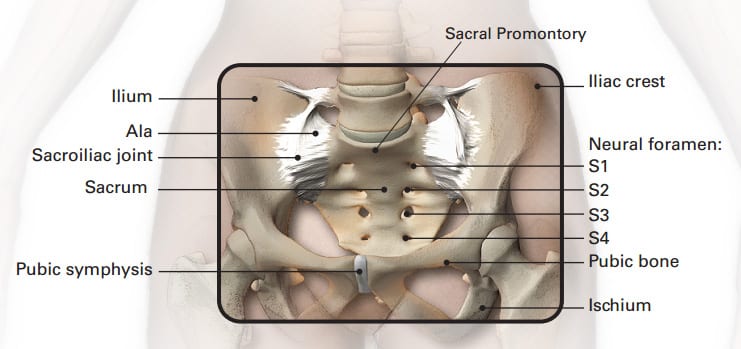
Studies show that sacroiliac (SI) joint disorders are a challenging condition affecting up to 25% of patients with low back pain.
Patient education is a critical component of healthcare today. It is important that you are informed of your diagnostic and treatment options, including the type of device that your doctor will recommend. In this educational brochure, you will find information about low back problems caused by SI joint disorders and various treatment options for stabilizing the SI joint, including SI joint fusion using the iFuse Implant System®. We invite you to read on to learn about the diagnosis and treatment of SI joint disorders.
Treatment Options For Sacroiliac Joint Disorders
Treatments can vary depending on the severity of your symptoms and how much they limit your everyday activities. Below are some of the treatment options you may want to discuss with your doctor, depending on your symptoms.
Nonsurgical Treatment For Sacroiliac Joint Disorders
As a first line of treatment, your doctor may prescribe any one or more of the following:
Medications like non-steroidal anti-inflammatory drugs may help relieve pain and reduce inflammation.
Physical therapy can help provide strengthening and pelvic stabilization exercises to reduce the movement in the SI joint.
SI belt wraps around the hips to help squeeze the sacroiliac joints together. This supports and stabilizes the pelvis and sacroiliac joints.
SI joint injections can reduce inflammation and relieve the pain.
Surgical Treatment Of Sacroiliac Joint Disorders
If symptoms persist due to instability, your physician may recommend stabilizing your joint with sacroiliac joint fusion.
Sacroiliac Joint Fusion With The Ifuse Implant System®
The iFuse Implant System is a minimally invasive option for patients suffering from sacroiliac joint disorders, including SI joint disruptions and degenerative sacroiliitis.
The iFuse procedure takes about an hour and involves three small titanium implants inserted surgically across the sacroiliac joint. The entire procedure is done through a small incision, with no soft tissue stripping and minimal tendon irritation. Patients may leave the hospital the next day after surgery and can usually resume daily living activities within six weeks, depending on how well they are healing and based on physician’s orders.
The iFuse procedure offers several benefits compared to traditional sacroiliac joint surgery:
- Minimal soft tissue stripping
- Potential of a quicker recovery
- Minimal soft tissue stripping
- Potential of a quicker recovery



